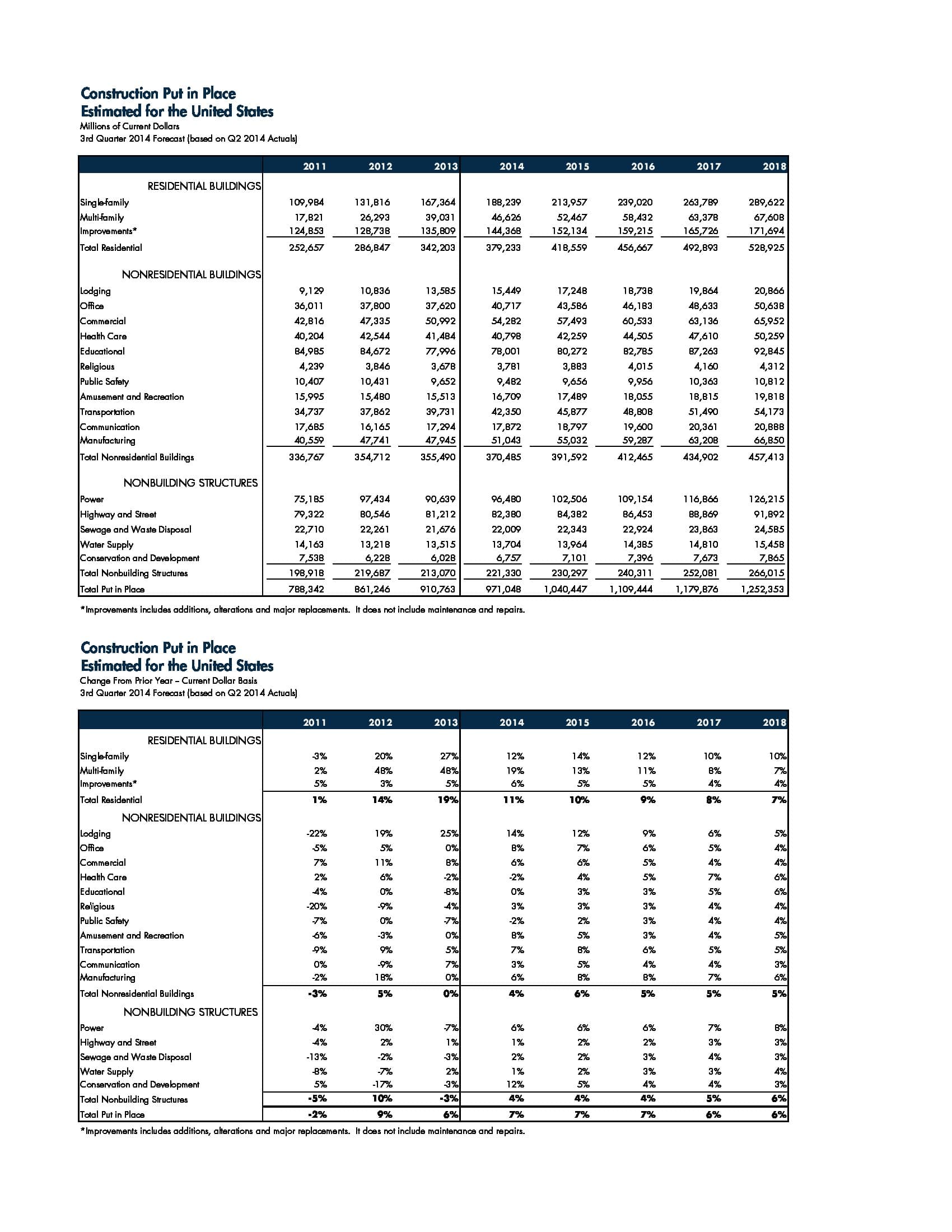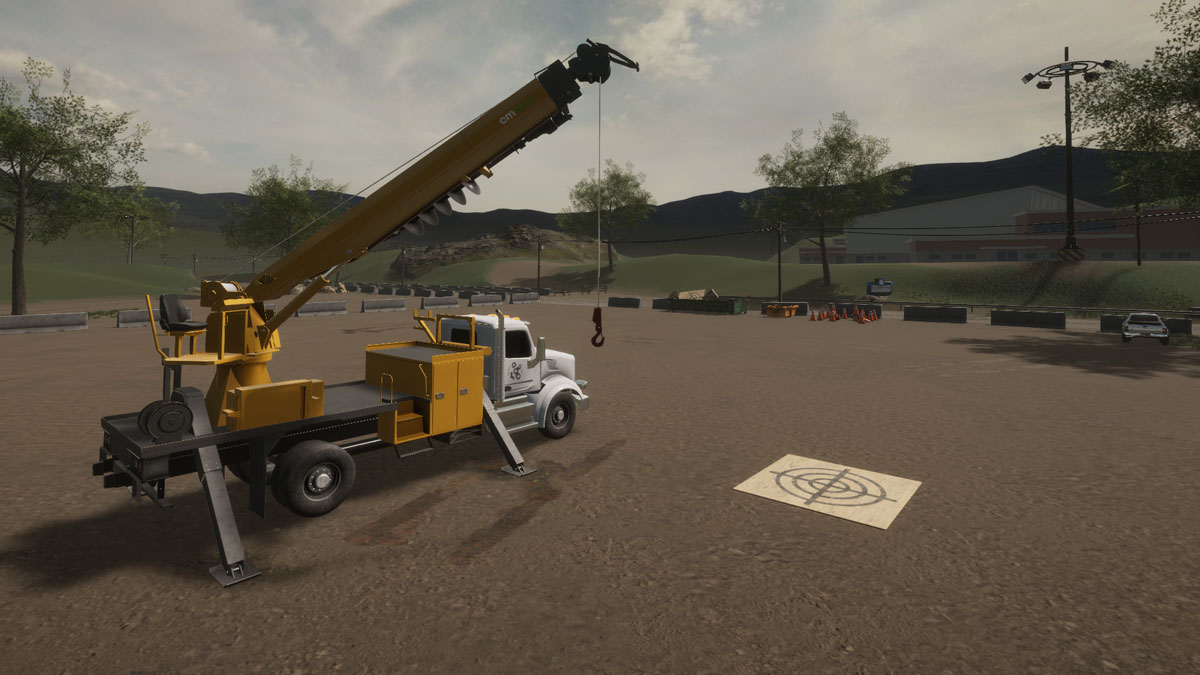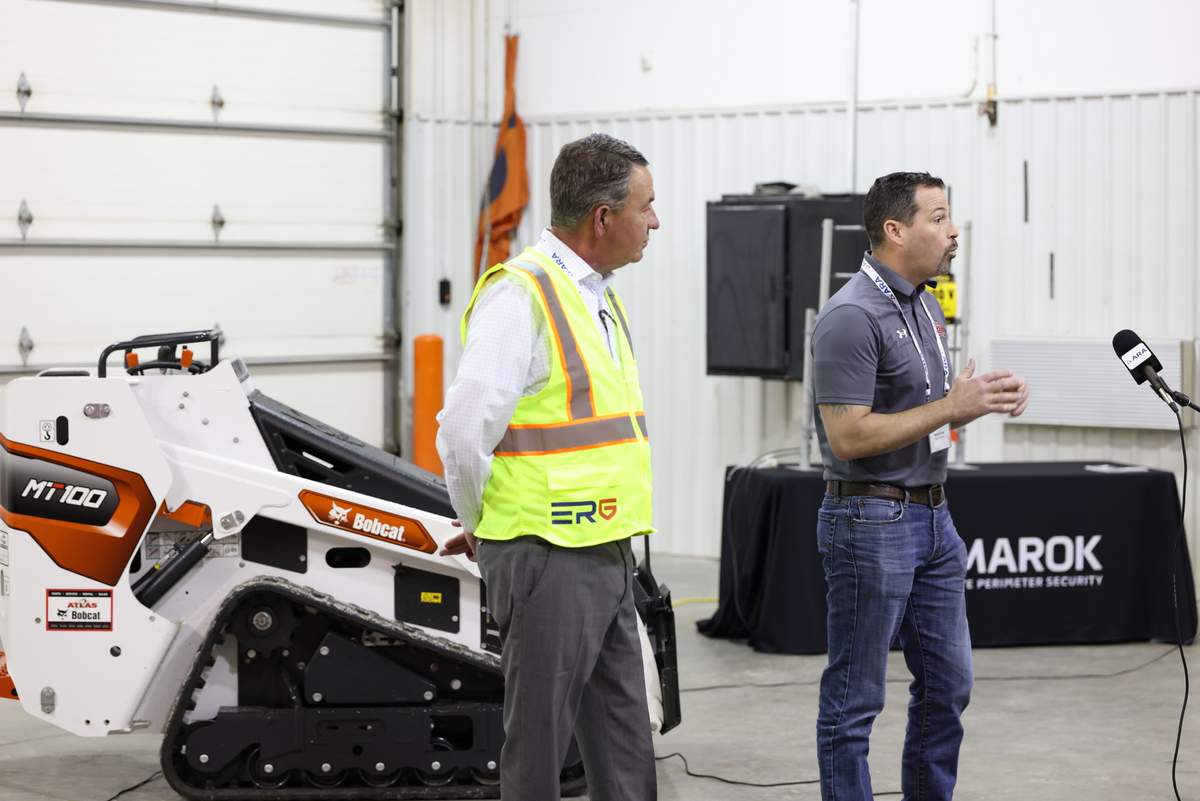2015 Construction Forecast
 Are We on the Verge of a Boom in the Construction Economy?
Are We on the Verge of a Boom in the Construction Economy?
Energy prices remain relatively low, overall inflation is low, unemployment is holding around 6.2 percent. GDP is still a bit unsteady and growing slower than FMI researchers would like to see. Consumer confidence is rising steadily, building permits and housing starts have bounced back in July, and banks are starting to lend again, that is, if the applicant has good credit and cash flow. FMI’s Nonresidential Construction Index (NRCI) also remains solidly in positive territory. Add to the list a number of other leading economic indicators, and one might think we are on the verge of a boom in the economy.
And we are, if one modifies what one thinks of as a boom. Some of these positive indicators are still a bit shaky; for instance, there is the problem of the discouraged unemployed who are no longer in the job market looking for work. Consumers are back in the markets, but they are being more careful with their dollars. Manufacturing has its ups and downs, but indicators are mostly up. That said, FMI is projecting continued growth for construction in the manufacturing sector, ending up around 7 percent growth in construction put in place for 2014. This rate is expected to continue through 2016 until the markets work off some pent-up demand. Growth in construction of manufacturing will then slow slightly to 6 percent for 2017-2018.
As FMI has been noting for some time now, the growth in the construction industry has not touched everyone yet. With the continued forecast of solid, slow growth, FMI researchers still do not expect to reach the CPIP levels of the prerecession boom until sometime around 2017. That’s some distance away in dog years, but soon enough for many companies to continue thinking about how and where they will ramp up their businesses, especially when it comes to having sufficient capacity to perform new work. Sectors like power, conservation and development, and transportation will continue to see growth ahead of GDP in our forecast horizon, but water supply, sewage and waste disposal, and highway and street will be weak. In other words, even though there is a need, government spending is not expected to pick up significantly in the near term, and other funding is yet uncertain.
Health care and educational construction also continue to struggle to get their mojo back, and they may not get it back for some time to come, as these sectors are looking at possible changes in many aspects of service delivery. After dropping 54 percent in the dark days of 2010, lodging is making a strong comeback, which we expect will moderate by 2016. Office construction is also presenting signs of growth, especially in “A” markets in large cities. If the weaker areas make a comeback in the next few years, we can say the industry is once again hitting on all cylinders and booming right along.
Phil Warner is a research consultant with FMI Corp. He can be reached at 919.785.9357 or via email at pwarner@fminet.com.





